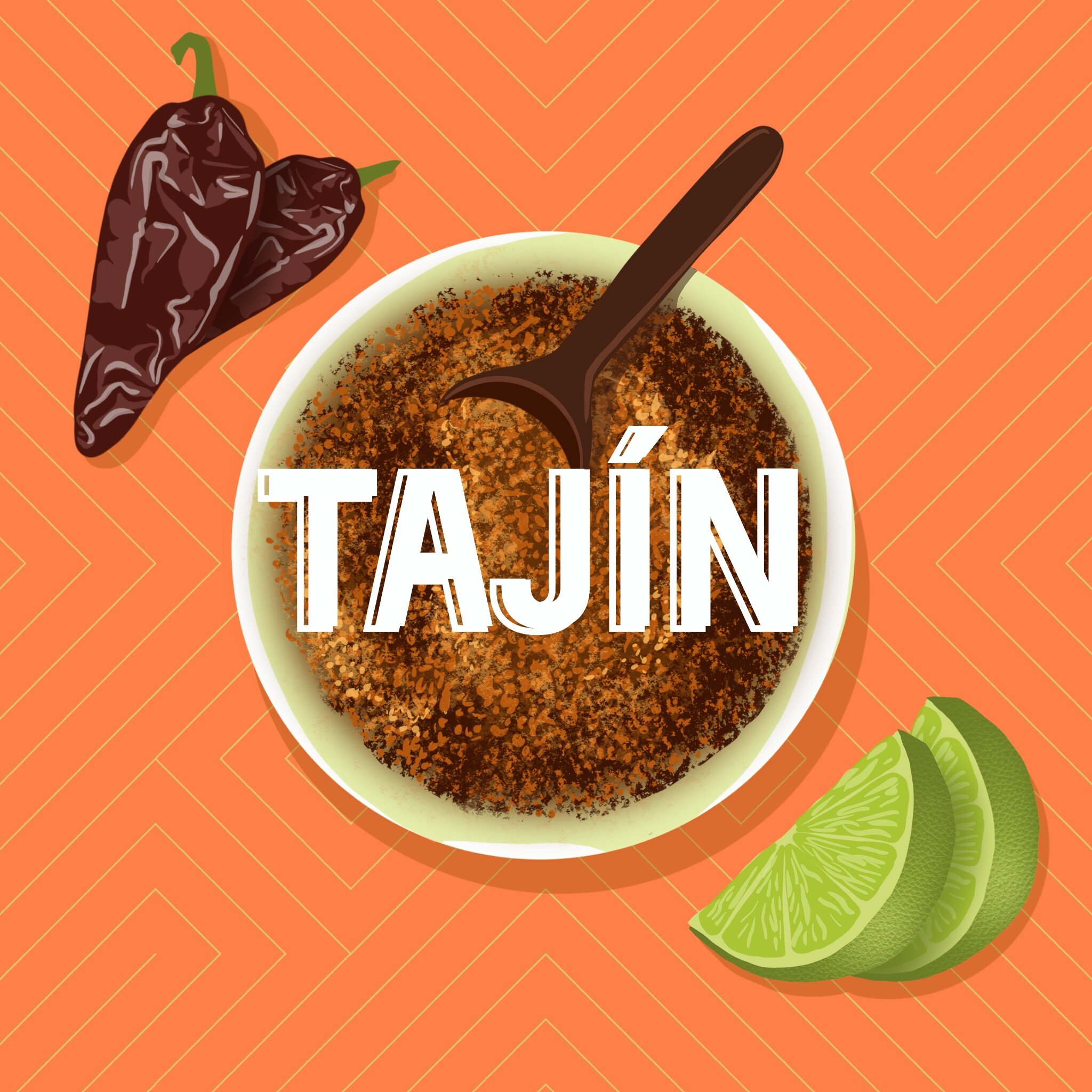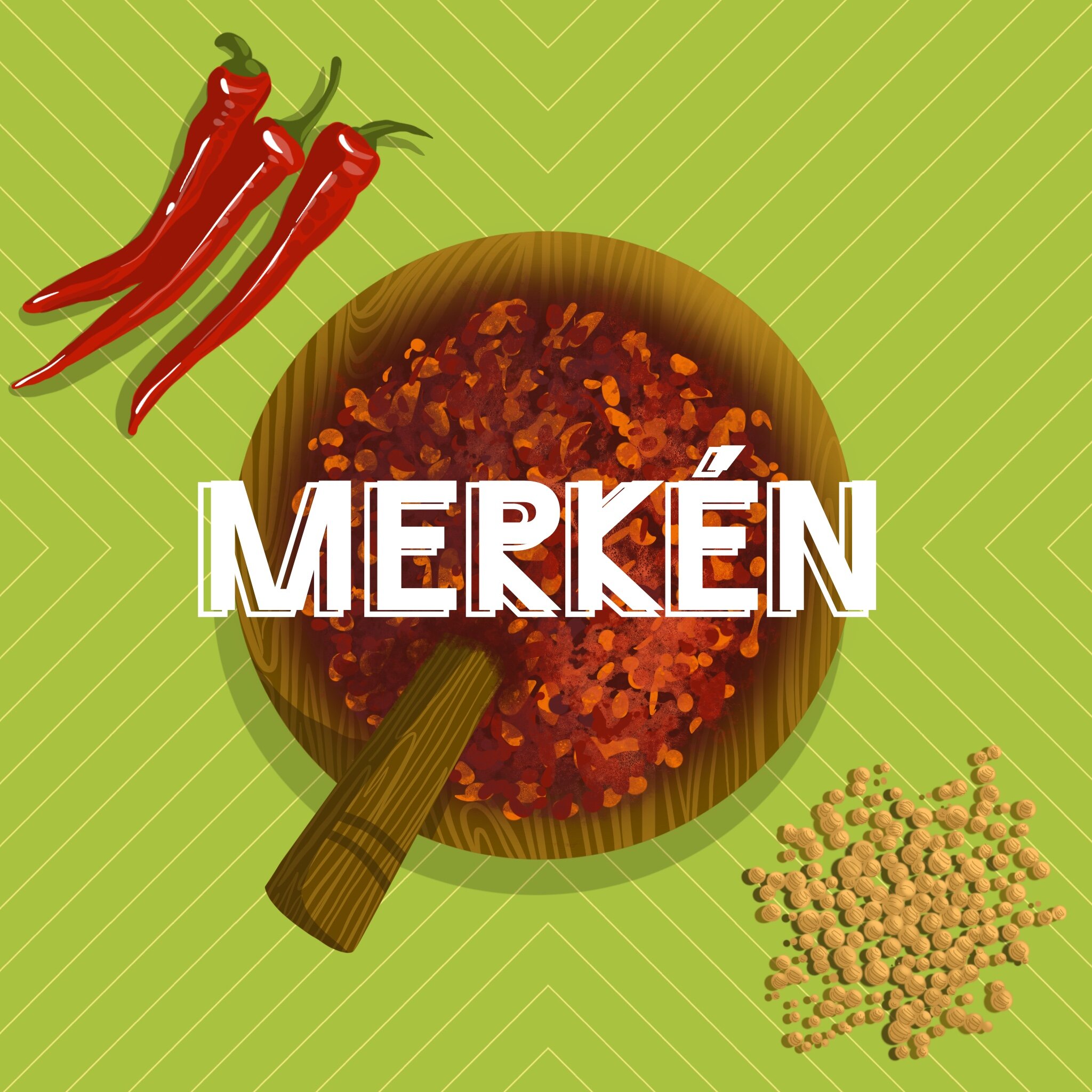Latin America Through Its Spices
The soils of Latin America have given us one of the most important spices in the world -- the chile pepper. Native to Mexico, the pepper spread across the globe centuries ago, influencing cuisines worldwide.
Today a colorful array of chiles - or ají as they’re called in South America - dazzle the dishes and palates of our region.
In the US we’re already familiar with many of the Mexican varieties that have become mainstays in our kitchens - chile arbol, chipotle, chile ancho, jalapeño. They pack the oomph for so many wonderful salsas like this one made with chile guajillo or this green serrano one.
Tajín spice blend is a good way to experience the many ways Mexicans season practically everything with chile. Sprinkle it on chips, nuts, tacos, vegetables, cocktail-glass rims, even fruit and ice cream. Slice a ripe mango into pieces and dust it with some tajín - delicioso!
One chile you may not know yet is the ají amarillo, native to the Andean region of South America and fundamental to Peruvian and Bolivian food. This long, yellow-orange ají has a distinctive fruity flavor and mild heat.
Ají amarillo gives the signature taste to dishes like ají de gallina and papas a la huancaina, but it’s used also in ceviche, stews, arroz con pollo and many other dishes (our store at La Cosecha stocks them in whole in brine or ground in paste)
Other Andean peppers you might want to experiment with: ají panca (dried or paste), an earthy, dark chile with smokey hints; or ají limo (dried or paste), small bits of which provide the little dose of heat in a classic Peruvian ceviche.
Speaking of smoky chile pepper, we can’t fail to mention the king of ají in the country of Chile: merkén. This ground spice mix is made mostly of sun-dried, smoked cacho de cabra peppers with a little salt and coriander seed blended in (we sell a small or large jar).
Merkén, also spelled merquén, comes from the cuisine of the indigenous Mapuche people of Chile, but today it’s used throughout the country and beyond in a variety of ways. We make an aioli with it for the Latin choripan sandwich at our La Cosecha location, and it may or may not be a secret ingredient in our house-made trail mix.
As Europeans helped circulate the chile pepper around the world, Latin Ameircans adopted Mediterranean and Asian herbs and spices that they brought to the Americas: for example, oregano, basil, cumin, cinnamon and clove.
If you’re cooking in the Spanish-speaking Caribbean, you’re probably using adobo - a blend of aromatics and spices like garlic, black peppercorn, cumin and oregano that seasons countless dishes. There may be as many adobo recipes as there are families en el Caribe, but we have a couple of Puerto Rican version from Coloso and Montero.
For other goodies from our spice department, check out this range of artisanal salts from Bolivia’s Salar de Uyuni, the world’s largest salt flat, located high in the Andes. And we’re always rotating different hot sauces in and out, like these with guava, pineapple or habanero mango.



